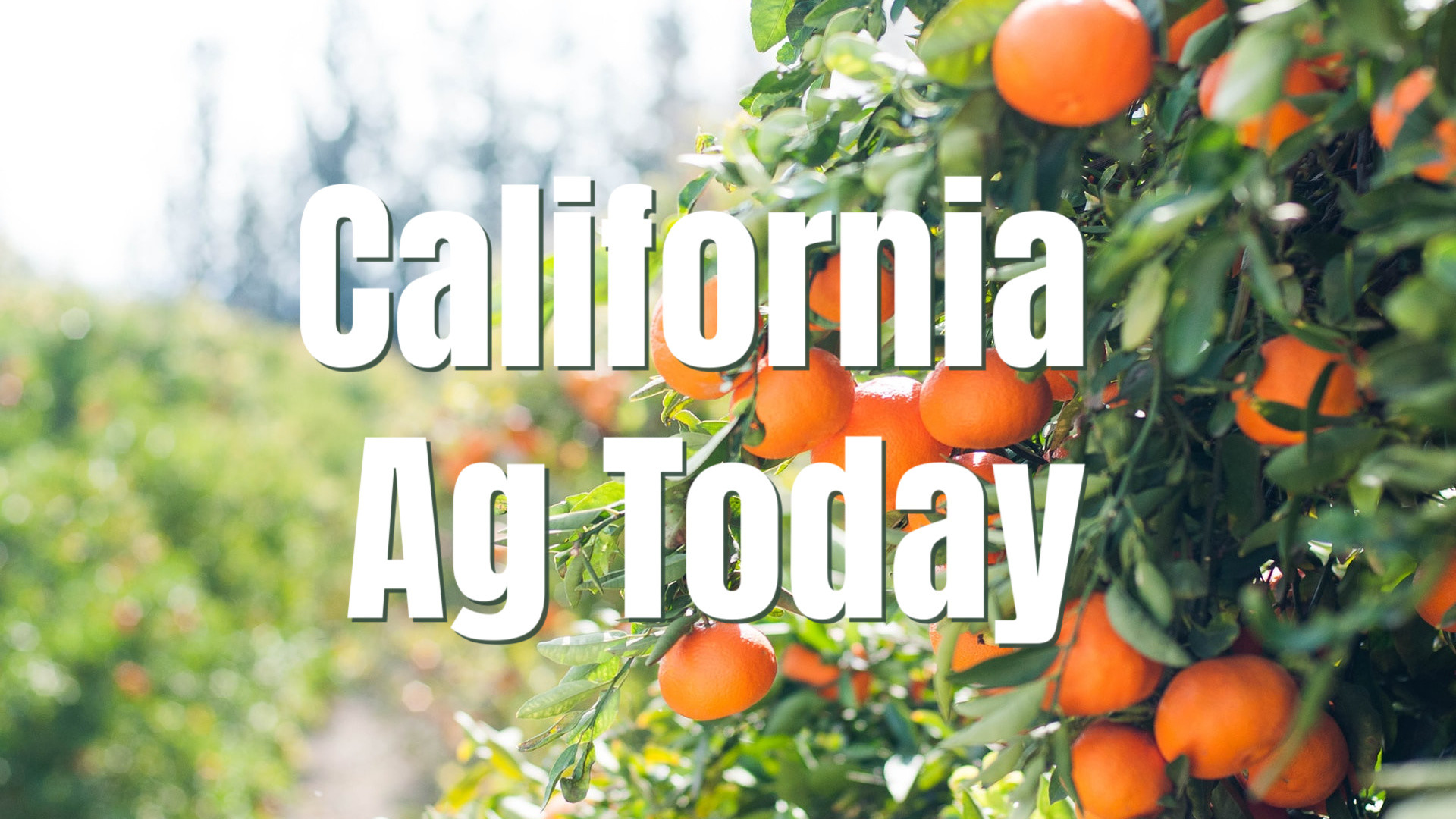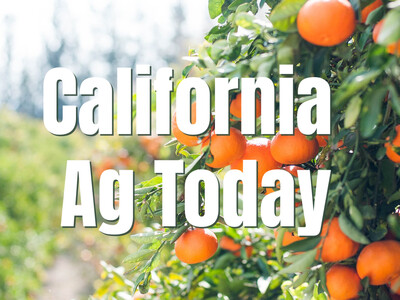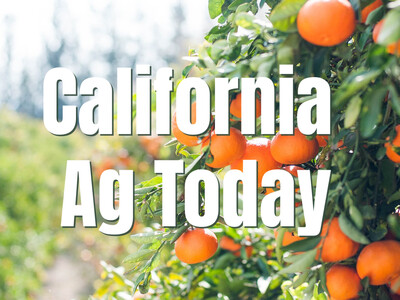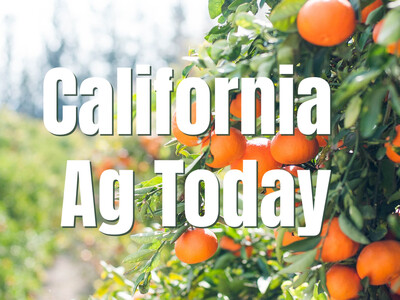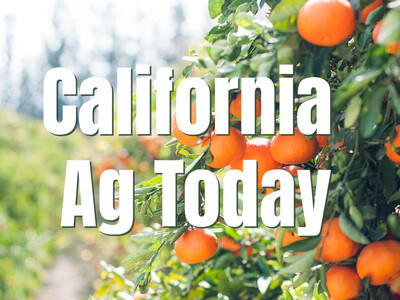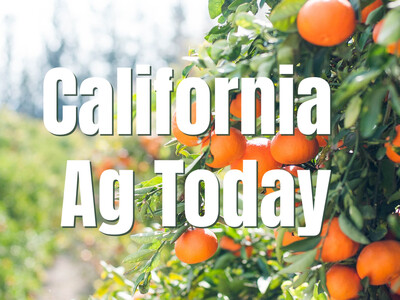Climate Impact on Water Management - Part Two

Tim Hammerich
News Reporter
The lack of available water has many Californians asking why more could not be done to prepare for a dry year like 2021. Part of the challenge, says extension watershed specialist Dr. Safeeq Khan, is that climate changes have led to more precipitation falling as rain instead of snow. This is much more difficult for water managers to plan for.
Khan… “Not just the snowpack, but also our ability to store water behind the dam has also changed because now we have to keep much more space in anticipation of a future flood. So, because you're getting a lot more wetter winters, a lot more rain, you cannot take the risk of filling the reservoirs early because that would create a flood risk. So you cannot fill the dam. But at the same time, if you're letting the water go in anticipation that you will get a few more storms later in the season, and if you don't get it, then it's really a bad situation that you are putting yourself into. But those are the things that water managers actually kind of battled with. Should I hold this water or should I let it go? If you hold it, what if you get a big storm that can cause flooding? If you let it go, then the challenge is what if we don't get any other storm? So the shift in the precipitation phase is really, really critical for our water supply. And I don't think many people are actually paying attention to that.”
Khan says efforts to recharge groundwater resources will be a big part of the solution in the future.


